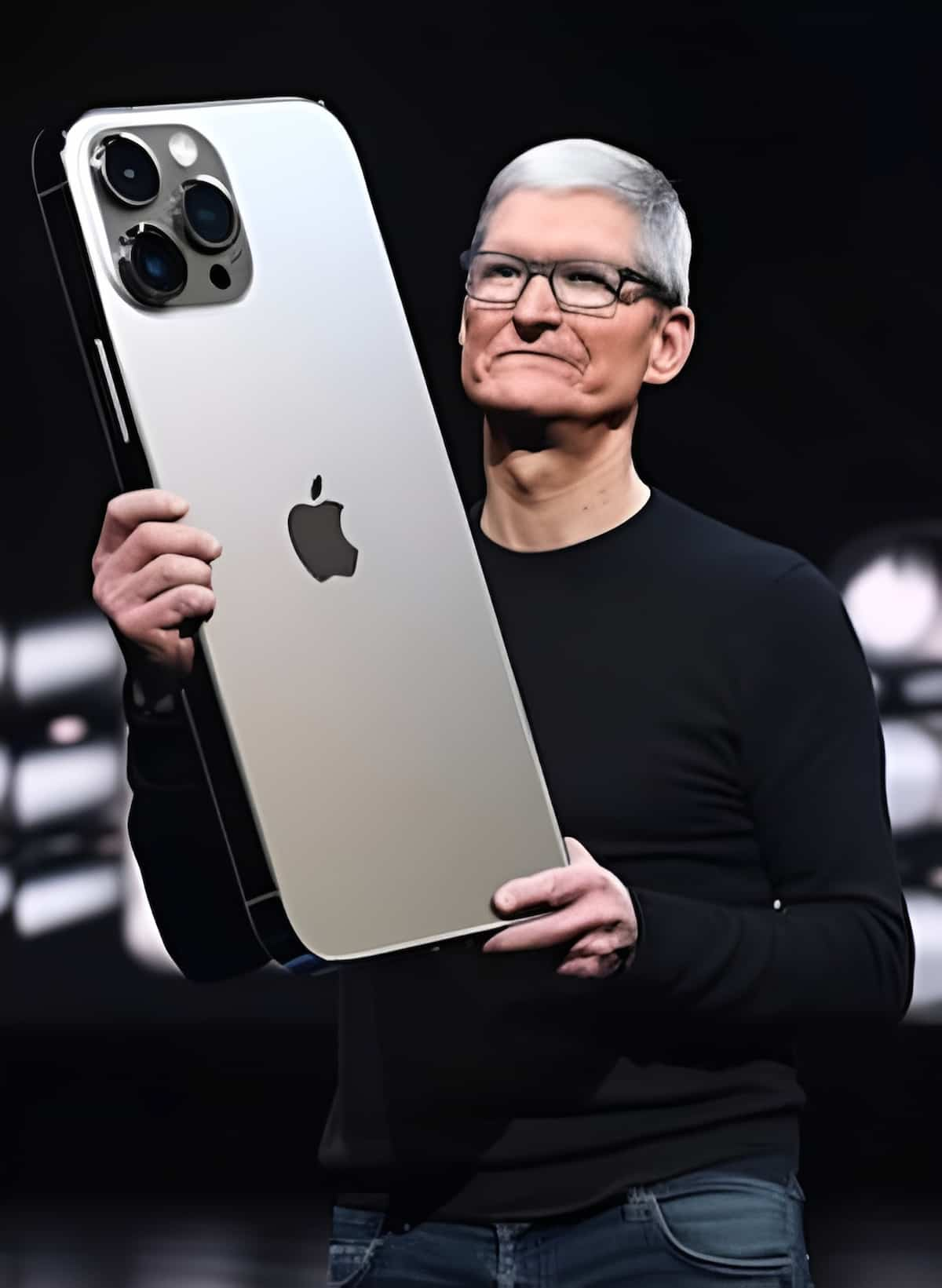Is Apple losing its innovative edge? This question has been circulating for some time now, especially in tech circles and among consumers. Let’s break down the points raised and delve into whether Apple is indeed falling behind in the innovation race.
Key Takeaways:
- Apple faces criticism for its perceived lack of innovation in recent years.
- Concerns include stagnant design, minor annual upgrades, high prices, and a closed ecosystem.
- However, Apple continues to command a large market share and maintains a loyal customer base.
- The debate on Apple’s innovation hinges on subjective interpretations and market dynamics.
Stagnant Design and Incremental Upgrades
Critics argue that Apple’s design evolution has plateaued, particularly evident in the iPhone lineup. Each new release seems like a variation on its predecessor, with only minor tweaks and improvements. This stagnation in design innovation can lead to consumer fatigue and a sense of monotony.
Example:
- The iPhone series has seen minimal design changes over the past few iterations, leading to a perception of stagnation among consumers.
Minor Camera Upgrades and Incremental Changes
Another point of contention is the incremental nature of upgrades, especially in the camera department. While Apple consistently enhances its camera technology with each new release, these improvements are often perceived as marginal rather than groundbreaking.
Example:
- Annual iPhone releases tout minor camera enhancements, such as improved low-light performance or additional lens options, but fail to introduce revolutionary features.
High Prices and Perceived Value
Criticism extends to Apple’s pricing strategy, which some consumers view as disproportionate to the perceived value offered. Despite premium price tags, incremental upgrades may not justify the cost in the eyes of consumers, leading to dissatisfaction.
Example:
- Consumers question the value proposition of paying a premium for RAM and storage upgrades, which they perceive as overpriced compared to the actual manufacturing costs.
Closed Ecosystem Concerns
Apple’s closed ecosystem, characterized by tight control over hardware, software, and services, has been a double-edged sword. While it ensures a seamless user experience, critics argue that it stifles innovation and limits consumer choice.
Example:
- Apple’s restrictive policies regarding app distribution and device interoperability have sparked concerns about monopolistic practices and potential antitrust issues.
Market Dynamics and Consumer Sentiment
Despite these criticisms, Apple continues to dominate the smartphone market and enjoys unwavering customer loyalty. Its ecosystem lock-in, brand reputation, and ecosystem integration contribute to its enduring success.
Example:
- Apple’s loyal customer base often prioritizes ecosystem cohesion and brand loyalty over cutting-edge innovation, ensuring continued profitability for the company.
Conclusion
While Apple faces valid criticisms regarding its innovation trajectory, the debate is nuanced and subjective. Consumer preferences, market dynamics, and brand loyalty play significant roles in shaping perceptions of innovation. Whether Apple can maintain its leadership position in the face of evolving consumer expectations remains to be seen.














